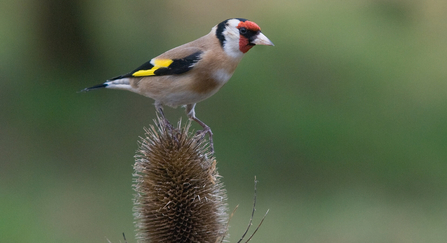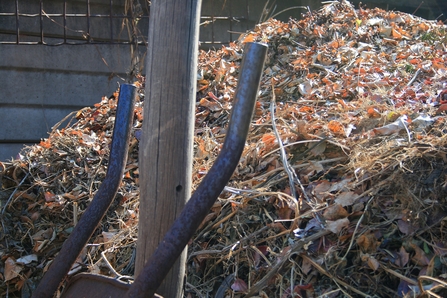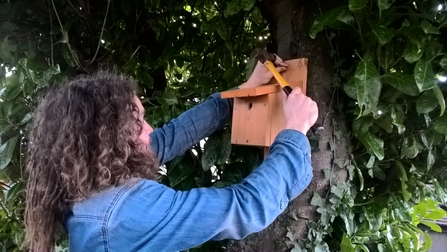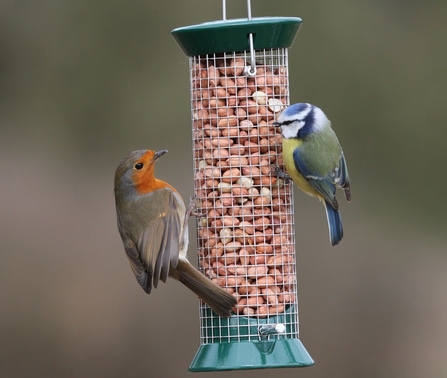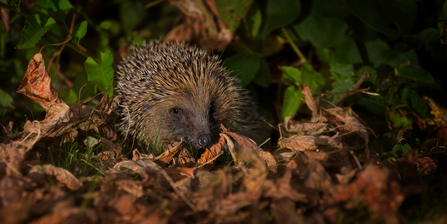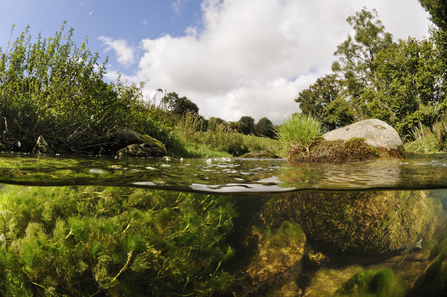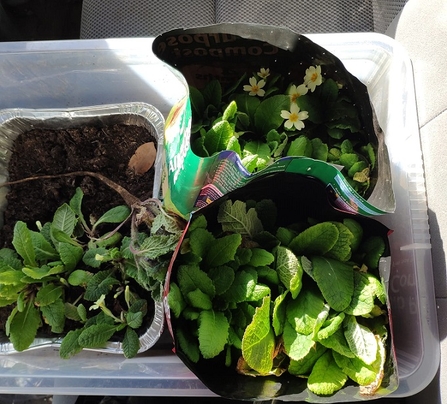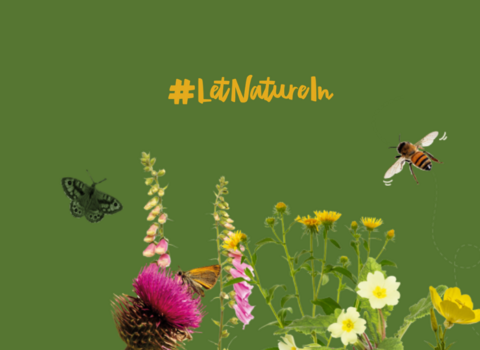Resist the urge to cut back
It may be tempting to grab the pruners and get snipping, but pruning too harshly removes an important habitat for insects in winter months, which means less food for birds like robin, blackbird and song thrush. Instead of heft prune, opt for a trim and keep plenty of foliage at ground level. Not only will the insects and birds be thankful, but it may also protect new shoots from late frost.


